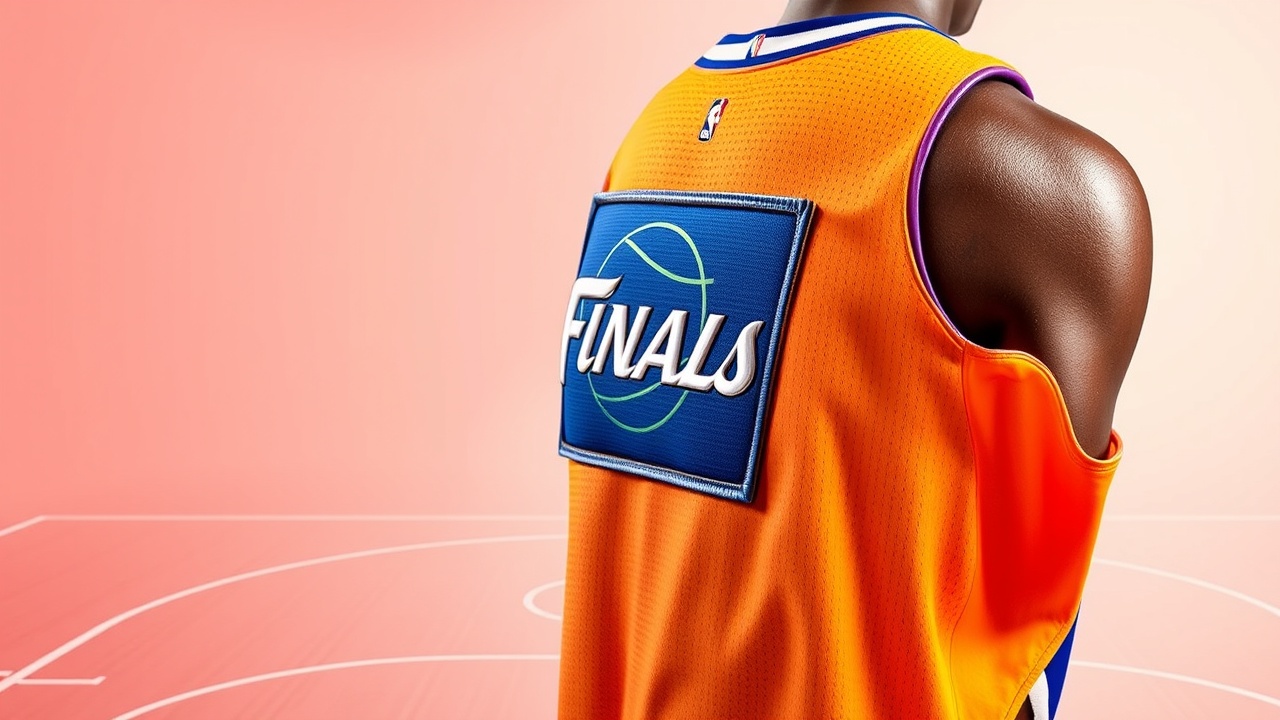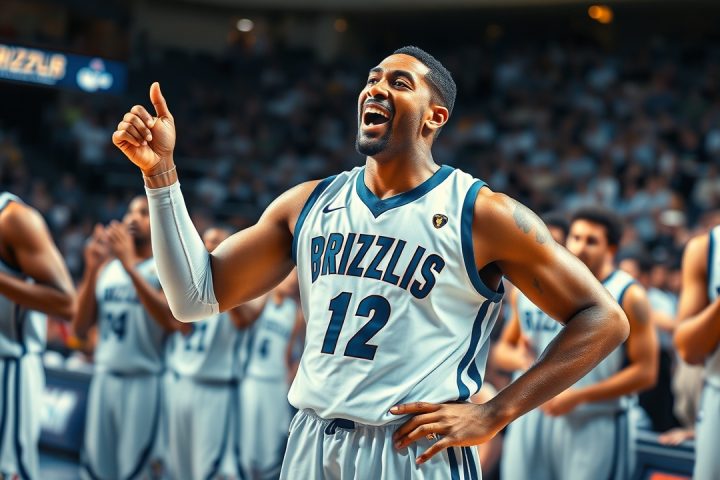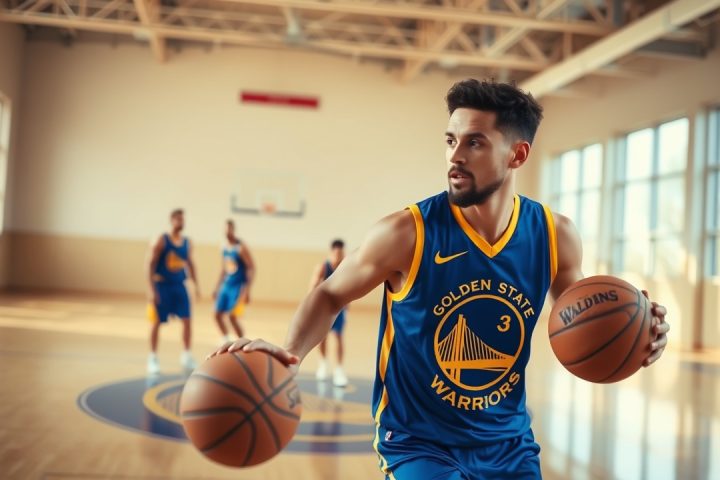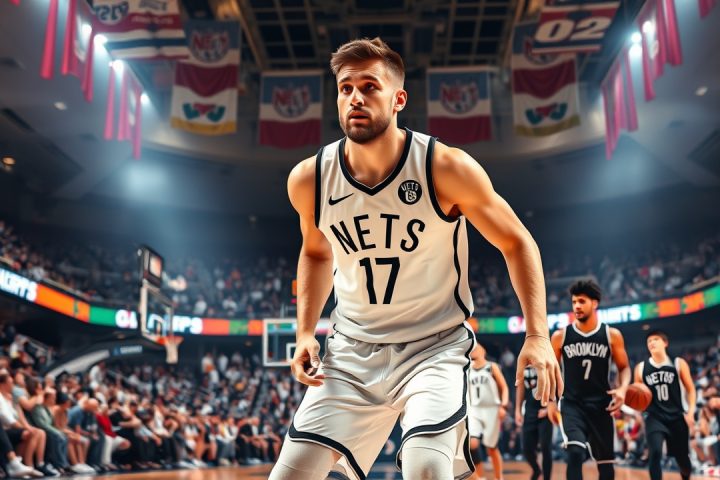The Evolution of NBA Jerseys
The landscape of NBA jerseys has evolved significantly since the simpler days of the 1990s, a period marked by the lone logo of the league itself—a silhouette of Jerry West. During the 1995-96 season, players sported only this singular emblem on their shoulders, devoid of any sponsorship or manufacturer branding.
Transformative Changes in 1995-96
However, that season marked a transformative time for the NBA, particularly during the Finals matchup featuring the Chicago Bulls and the Seattle Supersonics. This series ushered in a new logo as part of a broader rebranding effort, replacing a design that had been used since 1985. The modernized logo featured a distinctive representation of the Larry O’Brien Trophy, ultimately leading to the creation of a dedicated Finals patch for each team’s jersey. This inaugural patch initiated a 29-year tradition that has since seen various changes, including a somewhat contentious relocation from the front to the back of the jerseys.
Annual Redesign and Tribute Movements
Initially, from 1997 to 2003, the design of the Finals patch was refreshed annually, starting with the full Finals logo and progressing to variations of the O’Brien Trophy itself. A poignant moment occurred in 2002, when the NBA merged the Finals patch with the league logo to honor the victims of 9/11, positioning it alongside a U.S. flag patch on players’ jerseys. In 2010, a new ball design was introduced for the Finals patch, symbolizing a shift in presentation – teams were no longer wearing a trophy they hadn’t yet earned.
The Significant Transition in 2015
The most significant development in the patch’s history occurred in 2015, when it transitioned to the back of the jersey, situated above the player’s name, to create space for future sponsors on the front. At the same time, a secondary patch was added to denote the total number of championships the team has secured. This year, however, neither the Indiana Pacers, who are in the Finals for the first time since 2000, nor the Oklahoma City Thunder, who won their sole title when they were the Seattle Supersonics, will feature this patch.
Corporate Sponsorships and Collectible Value
With the Finals patch now firmly established on the back, the front of the jerseys during the 2015 through 2017 Finals between the Cavaliers and Warriors remained devoid of additional markings. The introduction of corporate sponsorship patches began in the 2018 Finals, when Nike incorporated its logo into the jersey design, effectively altering the historical landscape of NBA team apparel. As a result, franchise-specific sponsorships now appear on the front, leaving the Finals patch at the back—a configuration that continues today.
Despite its less conspicuous position, the Finals patch has maintained its value and significance. To commemorate their return to the Finals, the Pacers are selling replica jerseys featuring the patch for $20 apiece. In stark contrast, game-worn jerseys that display the Finals patch can fetch staggering amounts; a trading card featuring LeBron James’ patch from the 2016 Finals sold for nearly $200,000, while a card including a patch from Steph Curry’s 2017 Finals appearance fetched over $130,000. Most notably, Michael Jordan’s 1998 Finals jersey achieved the record for the highest sale at an astounding $10.1 million, reflecting the importance of such items in the realm of sports memorabilia.
As pointed out by Sotheby’s Brendan Hawkes, jersey patches undeniably enhance collectible value by embodying unique and memorable moments, making them attractive to collectors.
Looking to the Future
Looking ahead, it remains uncertain whether the Finals patch will remain on the back of NBA jerseys permanently, especially given the existing sponsorship agreements. However, there is potential for the NBA to introduce smaller commemorative patches in the future, similar to those honoring legends like Kobe Bryant and Bill Russell, or even a new front placement for the Finals patch amid any design transformations. Ultimately, while they may be small details, these patches play a significant role in highlighting important milestones in sports history, resonating with fans far beyond mere commercial interests.




